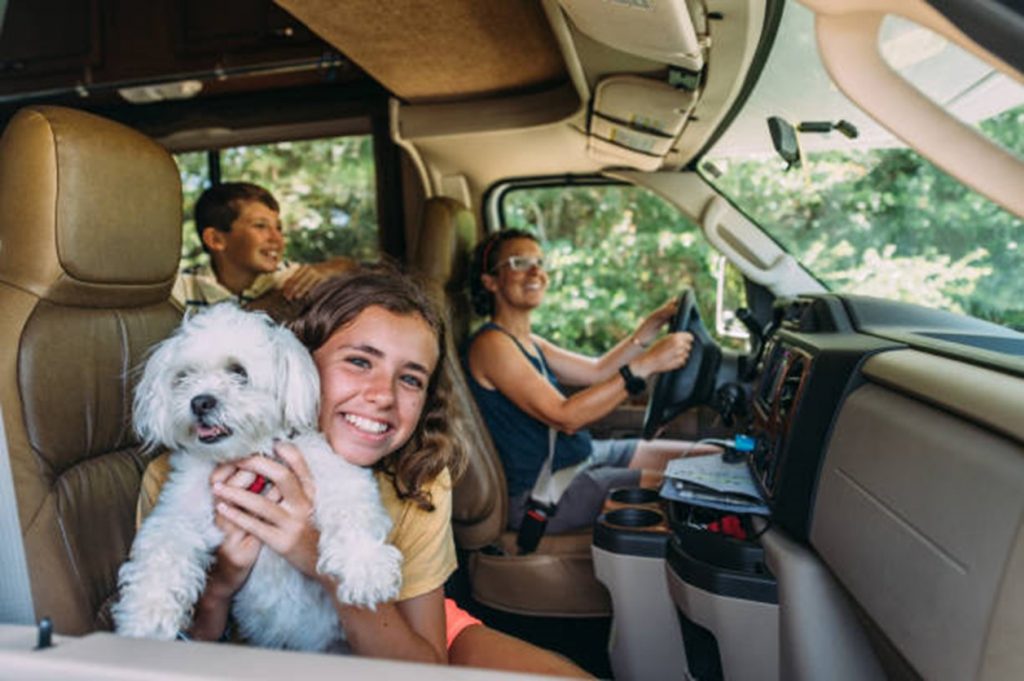So, you’ve rented an RV for your next vacation. Or, maybe you’ve decided to take the plunge and buy an RV. Congratulations! Either way, if you’ve never driven an RV before, the prospect can be a little daunting. But don’t worry! Zoomers RV is here to help. In this blog post, we’ll cover the basics of driving an RV. By the time you’re finished reading, you’ll be an RV expert in no time.

Before You Start Driving
The first thing you need to do is familiarize yourself with the RV. Walk around it and get to know where everything is. Take some time to read the owner’s manual so that you understand how all the systems in the RV work. And if you have any questions, make sure you go over everything with your salesperson or a qualified mechanic before you hit the road.
The second thing to keep in mind is that RVs require more maintenance than most vehicles. Before each trip, check your fluid levels, tire pressure, and brakes. It’s also a good idea to clean your RV’s filters (both the water filter and the air filter) on a regular basis. By doing some simple maintenance tasks, you can avoid costly repairs down the road.
Tips on Driving an RV
Once you have a good understanding of how everything works, it’s time to start driving. Here are a few things to keep in mind:
The first thing you need to know about driving an RV is that it’s not like driving a car. RVs are larger and heavier, so they take longer to accelerate and brake. They also have blind spots that are much larger than those of a car. For these reasons, it’s important to take your time when driving an RV. Start slowly and increase your speed gradually. And be sure to give yourself plenty of space when braking and turning.
Another thing to keep in mind when driving an RV is that you’ll need to allow for more time to make turns. Because RVs are so long, they have a much larger turning radius than cars do. This means that you’ll need to start turning earlier than you would in a car. And when backing up, it’s always best to get someone else to help guide you. Trust us, it’s much easier than trying to do it yourself!
RV parking is a bit different than regular car parking. Don’t think that one car parking spot can hold something much larger than a sedan! Remember that they often require more space than cars do. When parallel parking, be sure to provide room on each side of the RV in order to pull off the maneuver without incident. Additionally, if you are parking head-on into a space, make sure there is enough room in front and behind the RV for you to exit when necessary. All it takes is some patience and practice to become skilled at RV parking – just remember that extra space is key!

All in all, driving an RV can be a challenging and rewarding experience. It takes practice, but if you keep the right attitude and take your time to get acclimated with the vehicle, there’s no reason why you can’t master RVing like a pro. With enough practice and patience, you too can be out exploring the great outdoors whenever and wherever you’d like!
If you still have questions about safely operating your RV, the experts at Zoomers RV have all the answers. They can help ensure that your next RV excursion is enjoyable, safe, and stress-free. From helping with financing options to finding the perfect vehicle for your needs, Zoomers RV is available to provide personalized assistance every step of the way. So don’t hesitate; reach out today and get ready for smooth sailing all along the highway!
